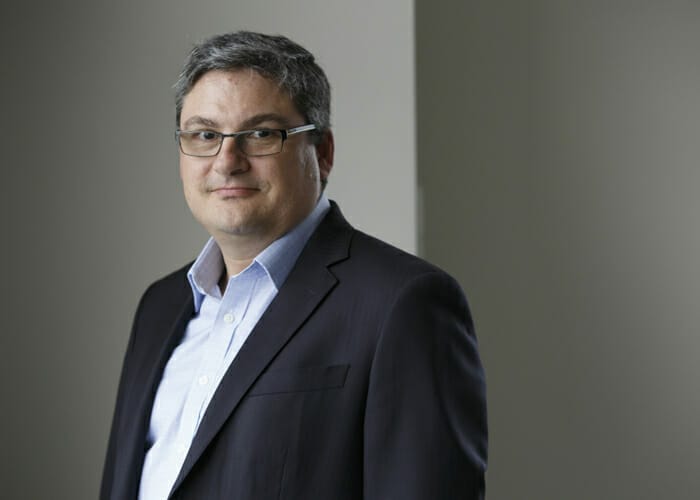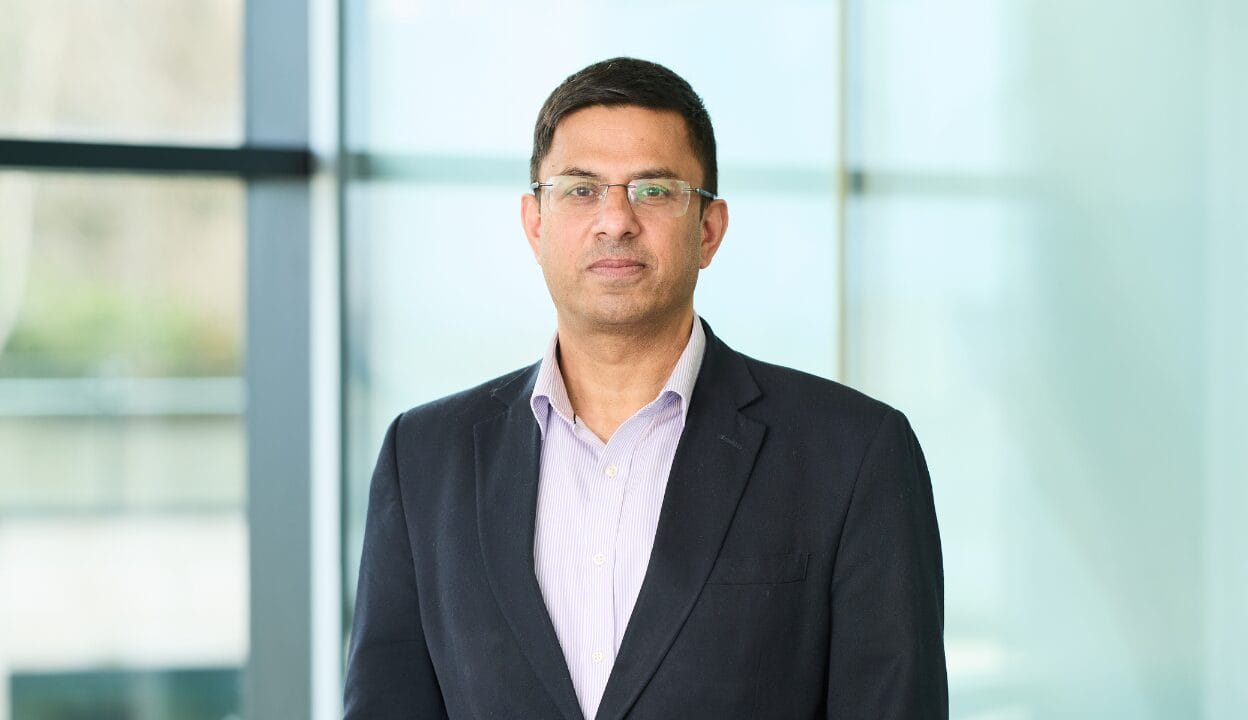Australia’s A$168 billion Future Fund is looking to add more money to its A$22.6 billion hedge fund program where it can find managers with spare capacity, to help protect the portfolio against a sell-off in the equity market.
This comes as the sovereign wealth fund reduced risk across the portfolio in the final quarter of 2019, sending cash levels to the highest level in a year, according to a statement. Chief investment officer Raphael Arndt said that with investment risks rising, the fund wanted to free up capital to take advantage of a downturn, whilst also look for uncorrelated returns to the stockmarket.
“Low interest rates are supporting risk assets, but assets are expensive by their own history, so we would expect forward looking returns to be lower than in the past,” the CIO said in an interview. “We don’t want to take on more equity risk but we are looking for equity-like returns… and the primary way we are doing this is through hedge funds.”
The fund, which returned 1.4 per cent in the three months through December and 14.3 per cent for the year, has trimmed its holdings in Australian and developed market equities, private equity, property, debt and even alternatives. Cash jumped to 13.7 per cent of the portfolio, up from 11.4 per cent in September, and was at the highest level since December 2018.
More risks
“The background to all of this is at the margin we are trying to increase flexibility in the portfolio,” Arndt said. “It’s really about the future. With more and more risk in the world, if you are locked into positions, it’s hard to change. But we aren’t running for the hills, we are continuing to invest.”
Arndt said the fund did not take a top-down approach to its hedge fund allocation, but would look to get capacity with a preferred manager depending on fees and the terms. “If we can (add more money) we will,” he said, before conceding that there was not much flexibility on fees with some of their more successful managers.
Like some of its institutional peers including the Employees Retirement System of Texas, the Future Fund has also allocated money to start up hedge funds via seeding managers where they have been able to negotiate better fees and seen some of their investments grow into the “$1 billion region,” according to Arndt. He said they were not just allocating money to quantitative strategies but had also given money to some discretionary macro strategies.
The Future Fund’s strategy sits at odds to other asset owners who have pulled money from hedge funds in favour of lower-fee strategies or to reallocate to private markets. A recent EY survey of institutional investors with a combined $1.8 trillion in assets, showed hedge funds made up 33 per cent of their allocation to alternatives in 2019 versus 40 per cent the previous year. The same survey showed an increase in private equity and real estate.
Chief executive David Neal said in the quarterly statement that his investment team were “carefully positioning the portfolio to navigate the challenging investment environment.” He said at a conference in November that the fund was looking to sell off a “large slice” of private equity assets on the secondary market to free up capital. At the time, they were struggling to make a dent in the portfolio because prices kept going up.
“We continue to prioritise flexibility to ensure we can adjust the portfolio quickly,” Neal said in the statement. “We are also focused on identifying and taking advantage of our managers’ skill so that we can add additional return or reduce risk.”
Still Selling
With overall risk now sitting “around the middle” of the fund’s expected range, private equity makes up 14.9 per cent of the portfolio versus 15.8 per cent in September. Even after the recent sales, Arndt said the fund still had a “substantial” A$25 billion private equity portfolio which had continued to grow.
He added that there were about 20 private equity managers he would be happy to further reduce the fund’s exposure to out of the 30 or so that it is invested with. The CIO added that they were still very active in the space, with some transactions still ongoing and indicative bids on the table.
Selling assets is “not necessarily a challenge as long as interest rates stay low, assets will stay expensive,” Arndt said. “As we mature our existing positions, rather than wait for managers who seem to be less willing to sell assets, we can recycle off the capital into other private assets.”
Developed market equities still make up the fund’s largest allocation at 19 per cent, followed by private equity and then emerging market equity at 10.2 per cent. The fund’s allocation to alternatives including hedge funds makes up 13.4 per cent of the portfolio, slightly down on the previous quarter which was at 13.7 per cent.
Debt securities make up 8.6 per cent of the fund compared to 9 percent at the end of September. Arndt said the overall exposure to the asset class was slowing reducing because credit was expensive as more liquidity is pumped into the asset class.
“We see allocation from top down and the opportunities are becoming less attractive,” he said. “So we prefer private credit, it’s slightly more attractive.”
Easy money
The Future Fund’s overall assets increased A$2.3 billion in the final quarter of 2019 and over the last decade has returned 9.9 per cent per annum. Former Australian treasurer and chair, Peter Costello, said in the statement that managing risk was “paramount” after the fund beat its benchmark target across all time horizons thanks to a rally in the equity markets and easy monetary policy.
“It is important to assess which asset values are supported by earnings as opposed to those supported merely by cheap money,” he said. “A number of risks remain. Global debt levels and demographic pressures will shape economies and markets over the medium to long term. We maintain our long-held view that prospective returns will be lower.”
The Future Fund, including the main fund with the same name, oversees $212.4 billion in assets.



